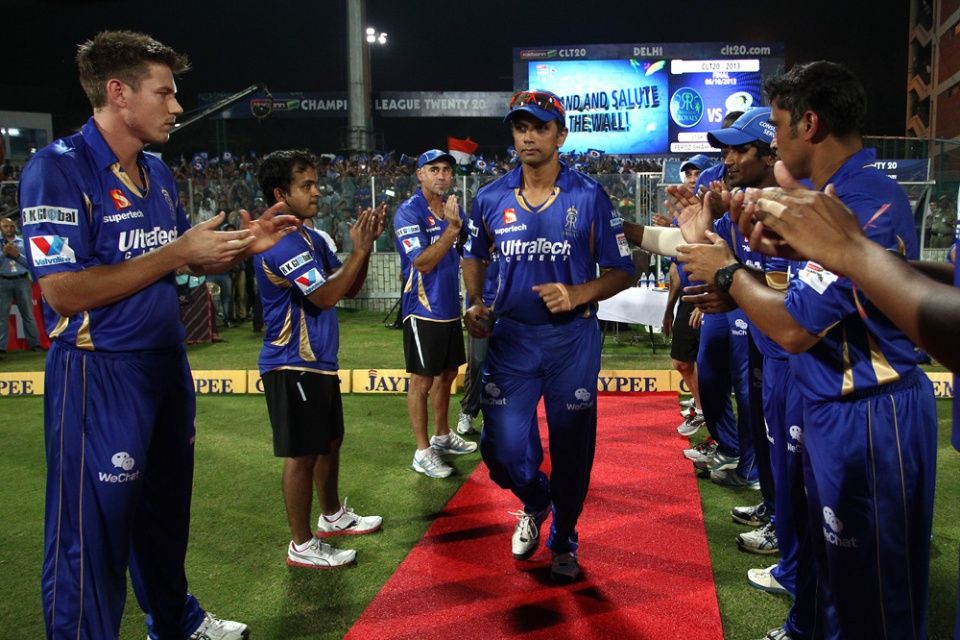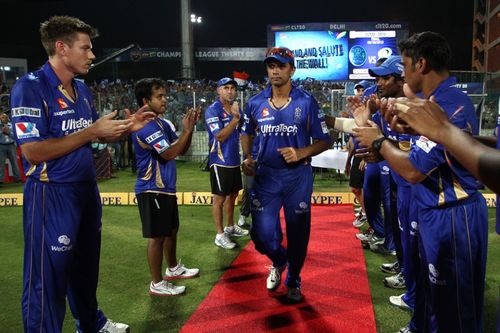
Rahul Dravid's T20 career - A fairy tale without a happy ending

Well, that’s how it always was throughout his career. He was the man for the crisis and not for the celebration. And that’s how his career ended with CLT20.
He is the man with very less individual records in the game of cricket. People worship and like many cricketers, but when it comes to Dravid, they respect him.
His record of partnerships and the number of balls that he has faced in Test cricket show you what a great player he was. The record of him having just 12 hundreds but 83 fifties in ODIs shows that he was the ultimate team player.
When I started watching cricket as a kid, he had just come into the Indian team. He was playing conventional Test batting in ODIs. A lot of kids didn’t like that as they got bored watching him bat. But somehow, I liked the way he batted, his style of defence and more importantly his calmness.
I grew up watching him adapt. After 2000, the face of ODI cricket started changing. It needed more aggression. He adapted. That’s Rahul Dravid’s strength – he adapts. By adapting, I don’t mean that he became a big hitter, but he found ways of scoring faster with his same old style of batting.
India had a lack of wicket-keeper/batsmen, and he filled in those shoes comfortably. He always came to bat when the team had lost quick wickets or when someone was scoring well at the other end.
Both the times, his role was to ensure that wickets didn’t fall quickly and after doing that, when the team was in good position, he’d sacrifice his wicket for the sake of a better run-rate.
That’s how his ODI career went on until the end of 2007, when they said they wanted a so-called ‘young’ side. But then again, they called the man for the crisis back into the side, not just once but two times – in 2009 and 2011.
India had just won the ODI World Cup in 2011, with no Dravid. But they needed him four months later in England when the ‘young’ guns of the World Cup faltered on the bouncy pitches. Well, I can’t think of any example in the cricket world, where a veteran would be treated like this. But he retired gracefully too in ODIs, scoring a fifty in his last match and building a partnership with Kohli who went on to score a hundred, like he had done innumerable times in his career.
When it came to IPL, people thought this man wouldn’t fit in the slam bag T20 version of the game. But once again, he did what he did best. He adapted.
He was the top-scorer for his teams in IPL 1 and 4. With the mediocre team that he had got in the first season he couldn’t do much. He scored 75 off 36 with 6 sixes (you’re reading it right!) in a match with no support from his team-mates. He did fairly well in IPL 2 and 3 too.